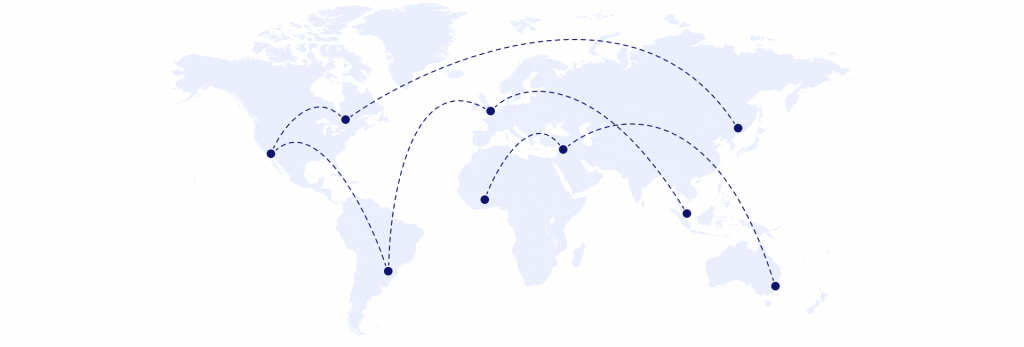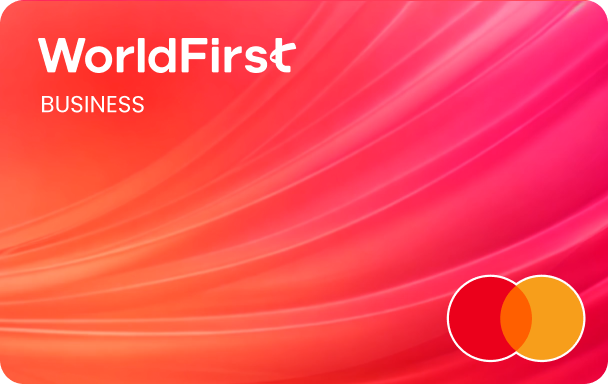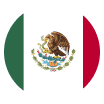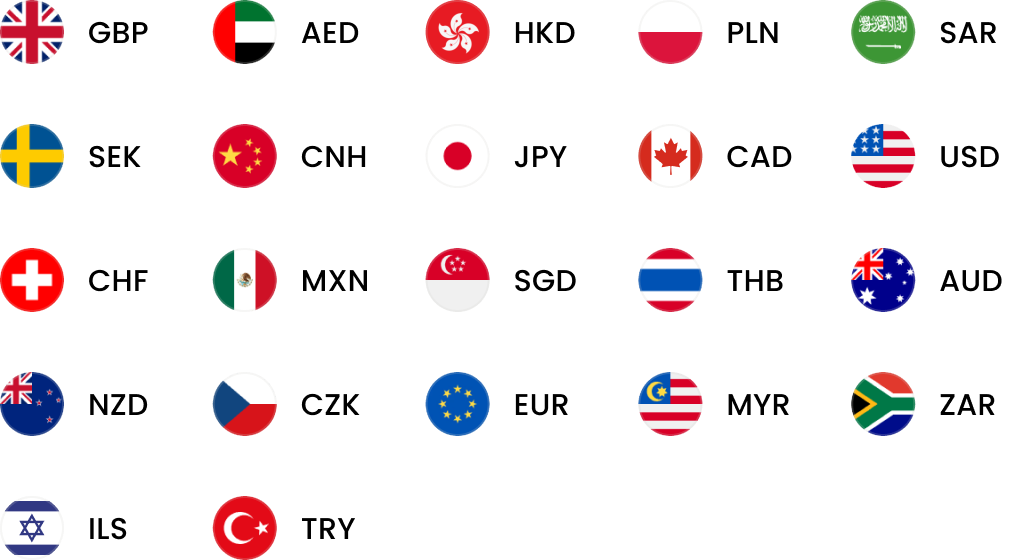Home > Blogs > Business Tips
SEPA banks and SEPA bank transfers: all you need to know
SEPA banks are banks that operate within the Single Euro Payments Area (SEPA). Read on to find out more about how SEPA bank transfers work, which countries are part of SEPA and more.

The SEPA scheme was set up by the European Union in conjunction with the European Payments Council to simplify making international payments in euros. The SEPA banking rules agreed to by EU member states and other European countries ensure that all cross-border electronic payments in euros have the same fixed fee across SEPA countries. This initiative by the European Payments Council has helped unify European banking and create consistent costs for national and cross-border payments in euros, even between non-eurozone countries. Find out more about the Single Euro Payments Area including a list of SEPA countries.
What is a SEPA bank account?
A SEPA bank account can be a traditional bank account or an online-only bank account. You can use it for the transfer of funds by SEPA Direct Debit or to make a SEPA instant payment.
You don’t necessarily need a specific “SEPA bank account” because SEPA payments and SEPA credit transfers are usually a standard payment service offered by high street banks within the SEPA zone. This is because SEPA banking rules require that electronic international payments in euros are the same as national payments from any type of bank account.
That said, if you’re opening an online-only bank account, it’s worth double checking that it covers SEPA payments and SEPA credit transfers or is labelled as a SEPA bank account. This is to avoid accidentally opening an online account with payment service providers or financial institutions that aren’t based in one of the SEPA countries.
If you have a UK business bank account, or are thinking of opening one, then this will fall within the SEPA banking rules too. So like with a personal account, you don’t need a specific SEPA business bank account to make SEPA payments, SEPA credit transfers or set up SEPA Direct Debits. SEPA compliant banks will automatically charge the same fees for domestic payments and international payments in euros between businesses.
Who can get a SEPA bank account?
Not all European banks are SEPA members – there is a list of direct members, some may have indirect membership, some won’t have any at all. If you live in a country in the SEPA zone and your bank is a SEPA member, then your bank account is automatically a SEPA bank account in that all electronic payments in euros will fall under the SEPA scheme.
If you’re not a resident of a SEPA country, then you might still be able to open a UK SEPA bank account.
If you’re looking to open a bank account to make SEPA payments, it’s worth noting that a SEPA money transfer from a bank is often slower and more expensive than using a foreign exchange specialist like WorldFirst.
SEPA bank transfers
SEPA bank transfers are a way to make cross-border payments in euros between banks that accept SEPA payments.
- Open 20+ local currency accounts and get paid like a local
- Pay suppliers, partners and staff worldwide in 100+ currencies
- Collect payments for free from 130+ marketplaces and payment gateways, including Amazon, Etsy, PayPal and Shopify
- Save with competitive exchange rates on currency conversions and transfers
- Lock in exchange rates for up to 24 months for cash flow certainty
SEPA credit transfer vs SEPA direct debit
Whether you need to set up a SEPA credit transfer or a SEPA direct debit depends on if you’re making a one-off purchase or a regular payment.
A SEPA credit transfer is a single transfer of euros from one person or organisation to another. For example, this could be to settle an invoice. A SEPA direct debit is a recurring payment, for example to pay monthly rent on an office space or for a service like a business mobile phone contract.
As a SEPA direct debit involves regularly withdrawing euros from your account to credit another account, you need to give explicit consent for this arrangement. You have to give signed authorisation (called a mandate – usually supplied by the payee) for this payment scheme and the payee has to retain this proof of your authorisation in either electronic or paper form.
How to make a SEPA bank transfer
You can make a SEPA bank transfer in a bank branch or by using online banking. Alternatively, you can send a SEPA credit transfer through payment service providers, such as a foreign exchange specialist like WorldFirst.
Most cross-border payments are made using the SWIFT network. Each financial institution has its own unique swift code, so banks and other financial services can make a quick and secure SEPA money transfer through the SWIFT network. Find out more about SWIFT codes.
For a SEPA SWIFT transfer you’ll need the:
- Name of the person or company you’re paying
- International bank account number (IBAN) of the account you want to credit
- Country you’re sending the money to
- Currency you want to pay in – euros in this case
- Business identifier code (BIC) – also known as a SWIFT code
How long does a SEPA bank transfer take?
An international bank transfer can take up to 5 business days. As SEPA bank transfers are in euros and between SEPA countries, you’re not dealing with extreme time differences or rare currencies so they may be quicker. However, it still depends on how many intermediary banks are involved in the transfer as this can slow the process.
The SEPA Instant Credit Transfer (SCT Inst) scheme enables payment service providers to inform each other if a payment has been received or not within 10 seconds. However, to make a SEPA instant transfer, both payment institutions need to participate in the scheme.
How much does a SEPA transfer cost?
As the SEPA system was set up to standardise fees across SEPA countries, SEPA cross-border electronic payments should cost the same as domestic transfers. This means, for example, payments in euros between France and Germany, France and Italy, and France and Spain would incur the same fees, making it simpler to make payments to neighbouring countries.
If you’re making a one-off international payment or setting up regular transfers in euros, it’s worth checking the exact cost with your bank. While cashless euro payments from some banks might be free, if that payment involves first converting pounds to euros there’ll likely be a charge for that currency conversion.


How to open GBP account: Your options as a cross-border business
Many traditional banks still don’t let you open a bank account online in the UK. In this guide, we share how to open a GBP account with WorldFirst.
Jul / 2025
Receiving foreign currency? Here's what you need to know
Receiving payment in foreign currency comes with its challenge. In this guide, we share the best way to get paid globally with a multi-currency account.
Jul / 2025
How to choose a multi-currency business account (+ 6 options)
If you want to hold and pay in multiple currencies, choose a multi currency business account. We share the top options here, including WorldFirst.
Jun / 2025WorldFirst articles cover strategies to mitigate risk, the latest FX insights, steps towards global expansion and key industry trends. Choose a category, product or service below to find out more.
- Almost 1,000,000 businesses have sent USD$300B around the world with WorldFirst and its partner brands since 2004
- Your money is safeguarded with leading financial institutions


































































